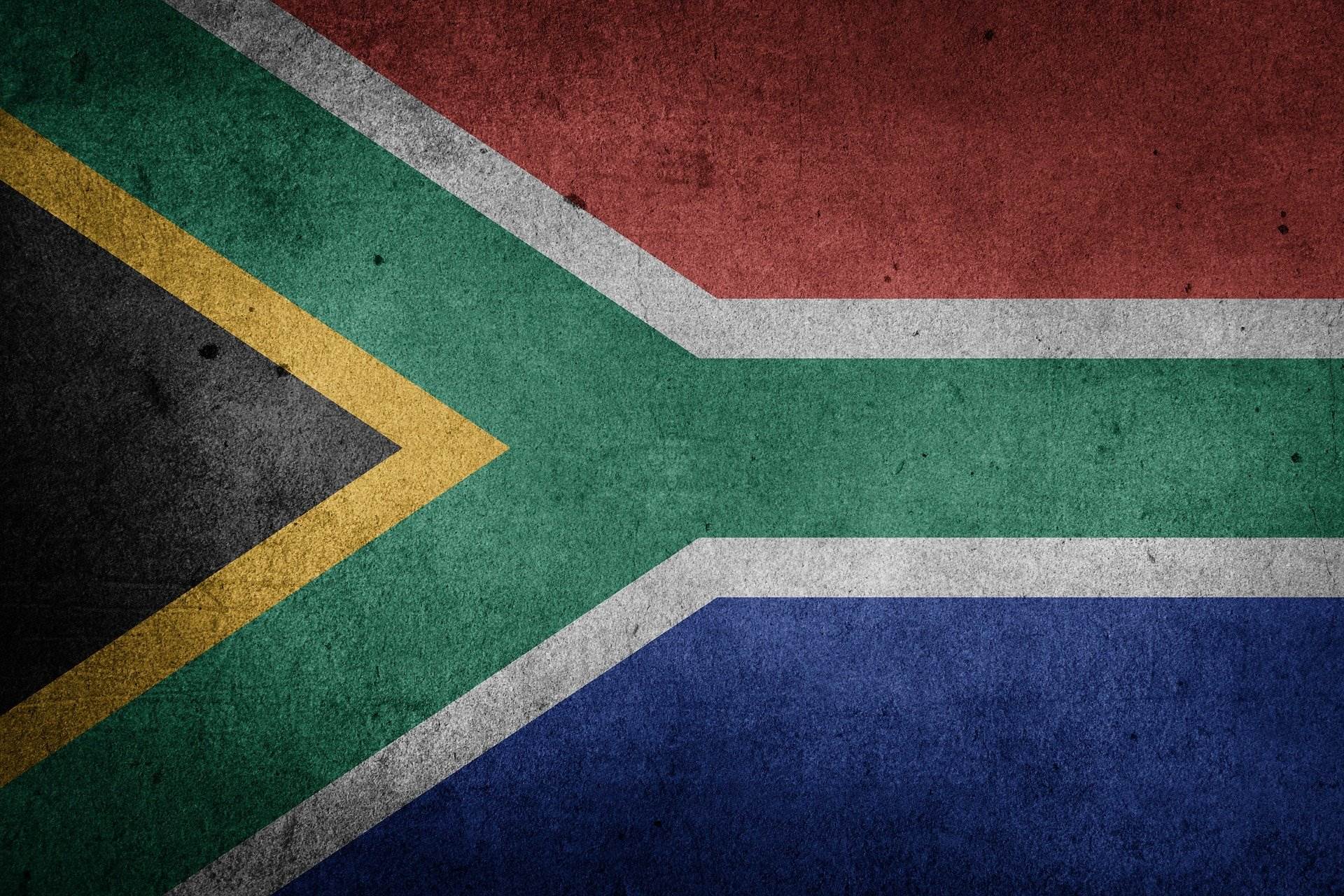 Matching with analysts' expectations, the South African inflation level went down to 3.6 percent, after being at 3.7 percent in October, the lowest figure in a decade.
Matching with analysts' expectations, the South African inflation level went down to 3.6 percent, after being at 3.7 percent in October, the lowest figure in a decade.
The South African economy is currently amid a losing streak. The GDP contracted in the third quarter, shrinking 0.6 percent after increasing 3.2 percent during the second quarter. The unemployment rate also hit its highest quarterly level since the South African government publishes employment level data. Unemployment was at 29.1 percent in the third quarter, after being at 29 percent in the second.
The South African Reserve Bank is currently tasked with keeping the inflation levels between 3 and 6 percent, making the current inflation level relatively benign and consistent with the central bank's objectives. The last decision of the Reserve Bank was leaving the cash rate unchanged at 6.50 percent, a level it holds since July 2018. The institution expects to cut the cash rate by 25 basis points in the third quarter of 2020.
Economic growth expectations are not in its best shape either. The world bank revised down its south African GDP to 1 percent in 2020 and 1.3 percent in 2021. 0.7 points lower and 0.5 points lower than previously estimated respectively.
South Africa may have to implement economic reforms to change this sluggish growth trend. Unemployment levels, given the expected increase in the working-age population, are set to increase, and economic growth won't improve unless the government decides to tackle the challenges the South African economy is actually facing.
Lethargic private investment and export levels, together with the government's unsuccessful attempt to implement reforms that would aid the economy and diminishing productivity are behind the current stagnant economic growth. South Africa's concerning fiscal situation only boosts the concerns regarding the future of the economy, as the fiscal deficit is so high that is currently risking the country's mid-term economic stability.
The situation in the electricity sector, as well as other sectors that are controlled by the government, is also concerning. The sector went down by 4.9 percent, followed by the transport sector, which fell by 5.4 percent.
“Inefficiencies in SOEs operating in network industries such as electricity and transport, translate into costly inputs for businesses, and repeatedly require financial support from the fiscus,” said the IMF on a recent report about the South African economy, “In sum, the reliance on government spending to boost growth has not delivered the anticipated results as the supply-side nature of the growth constraints has not been addressed," it added.
This situation calls for structural reforms, like the privatisation of State-Owned Enterprises and more fiscal discipline.
“With delays in structural reforms, growth and social conditions will worsen. Implementing the reforms now will benefit from the benign financing conditions in international markets and prevent disruption from an abrupt adjustment in the future,” added the international monetary fund in its report.
By 10:18 GMT the South African Rand went down against the US dollar by 0.73 percent, falling to the 0.06767 level.
